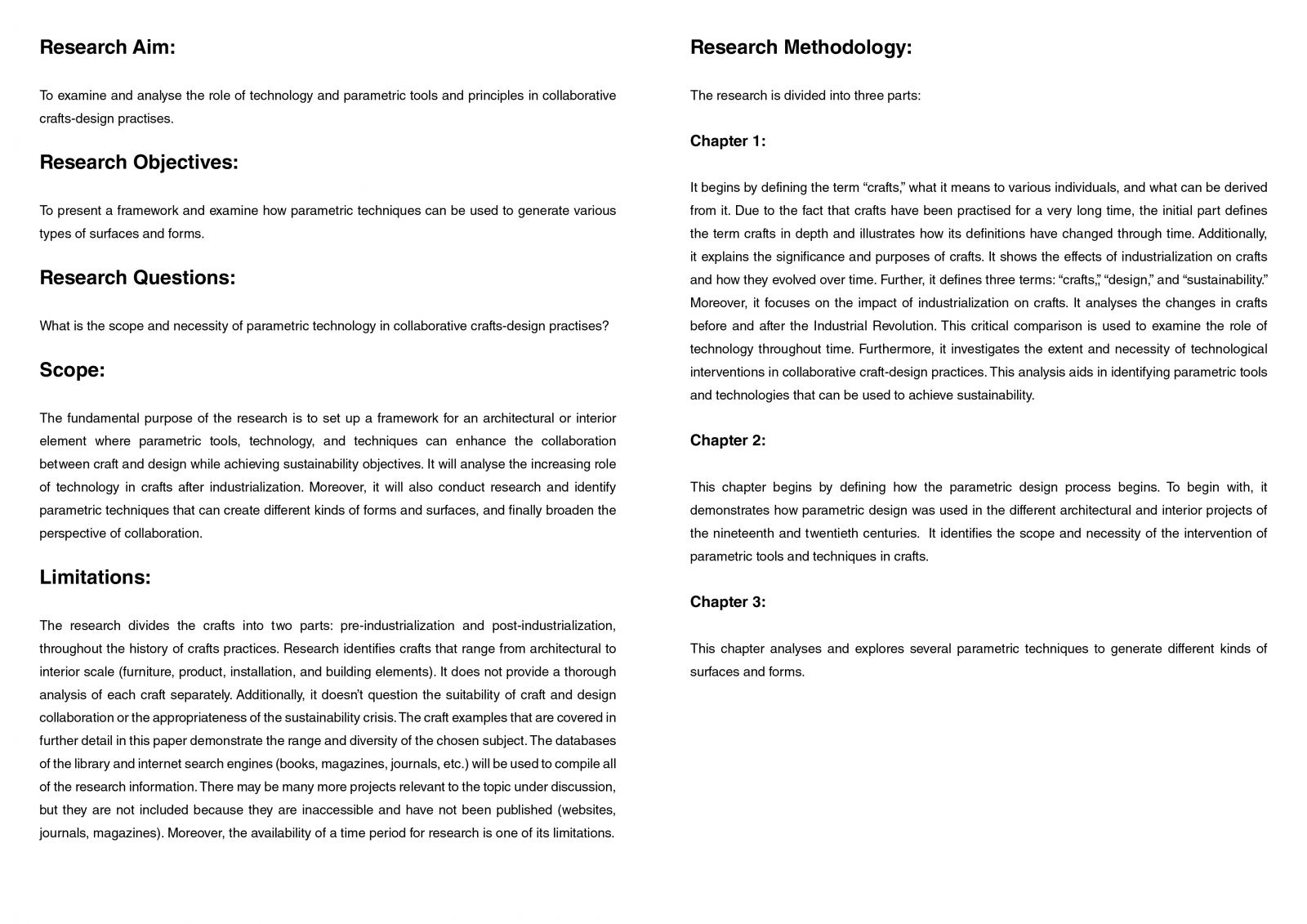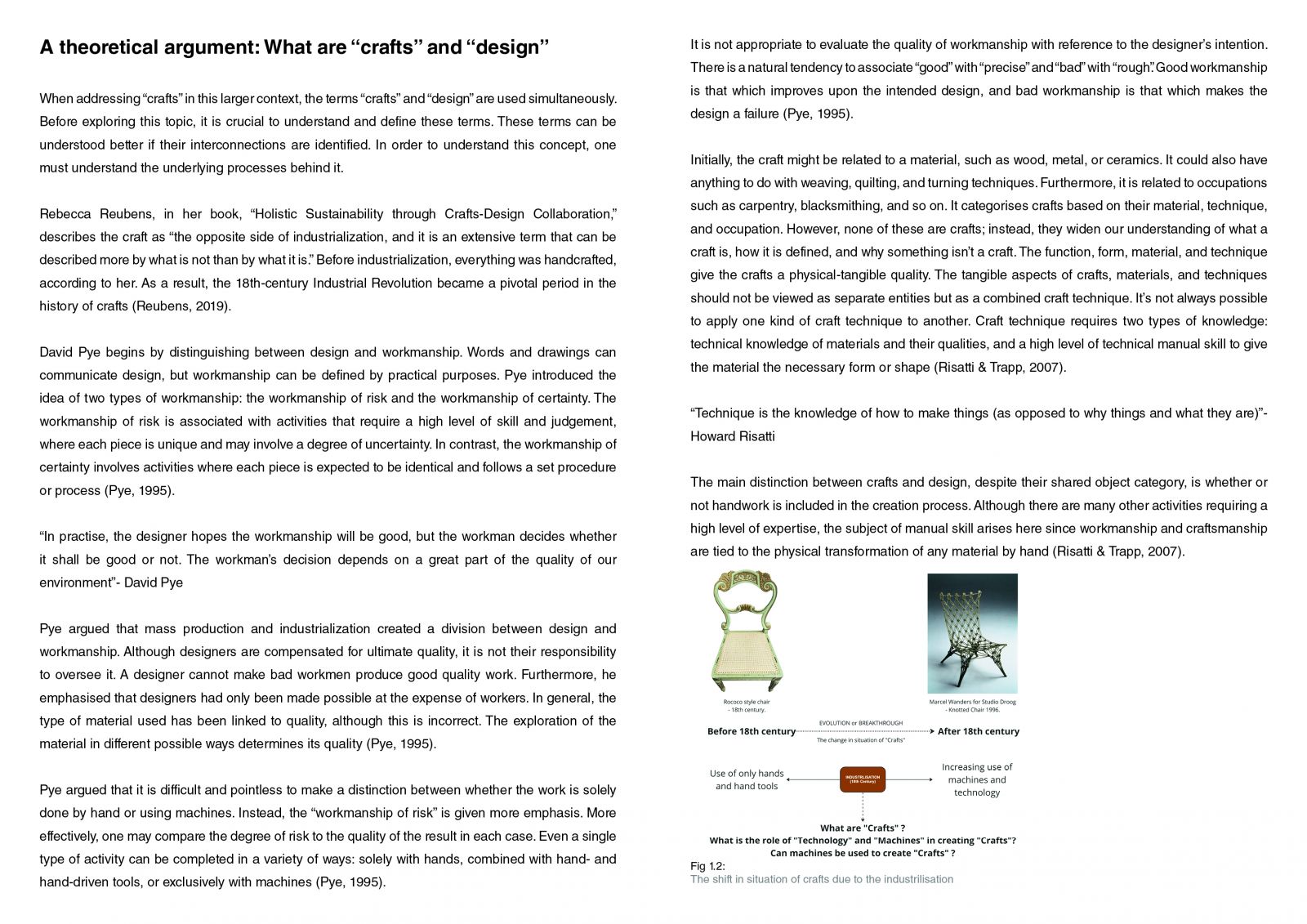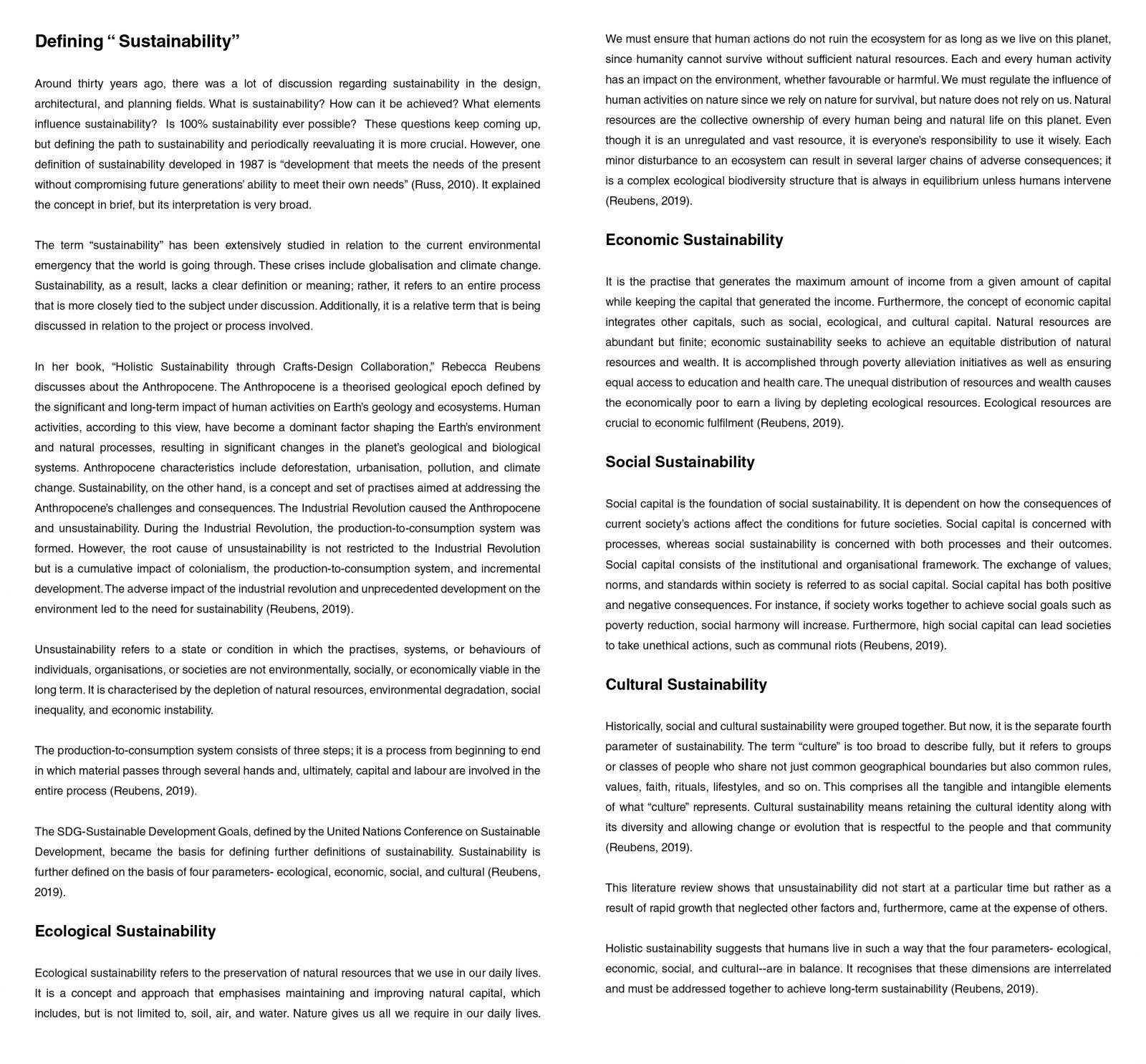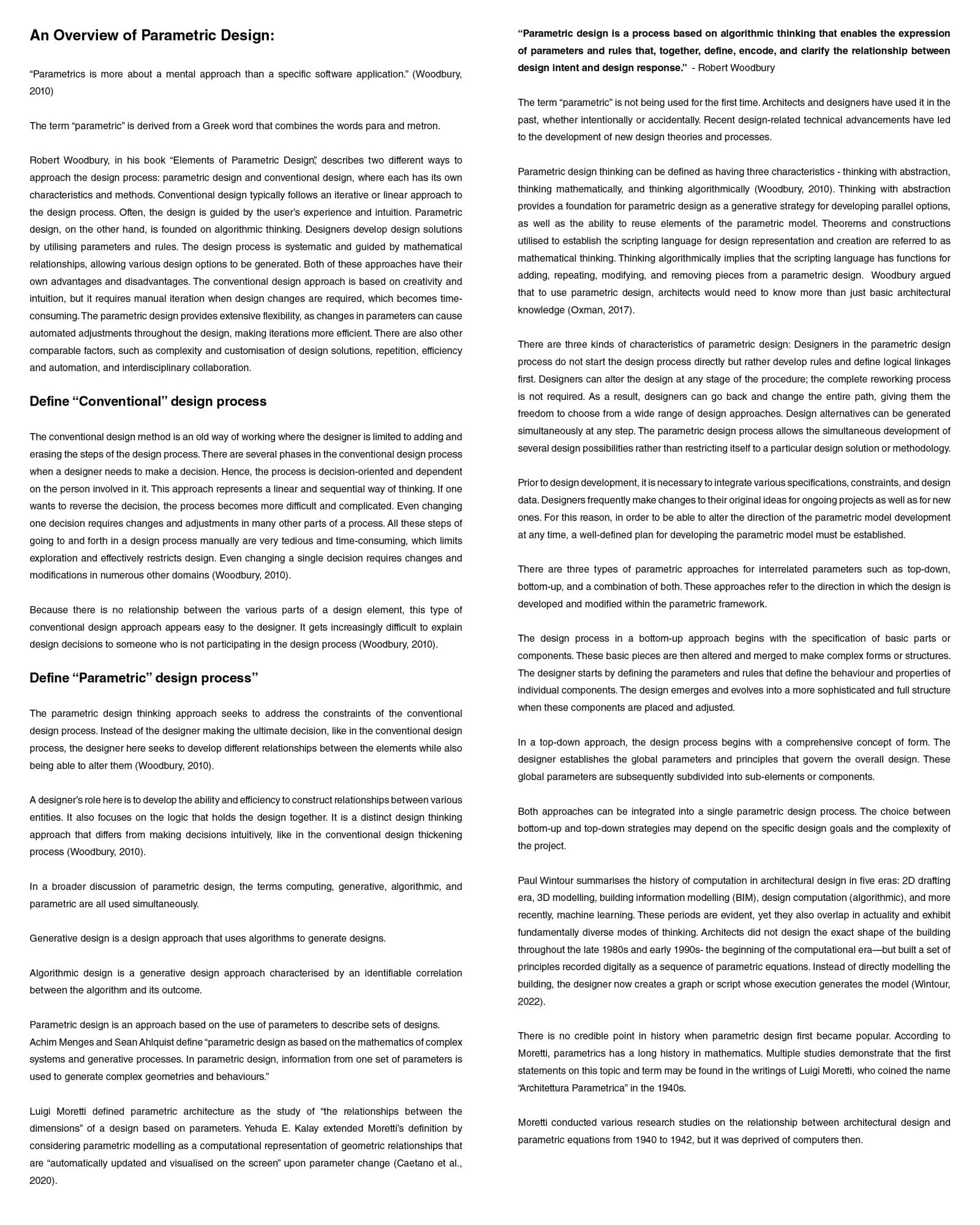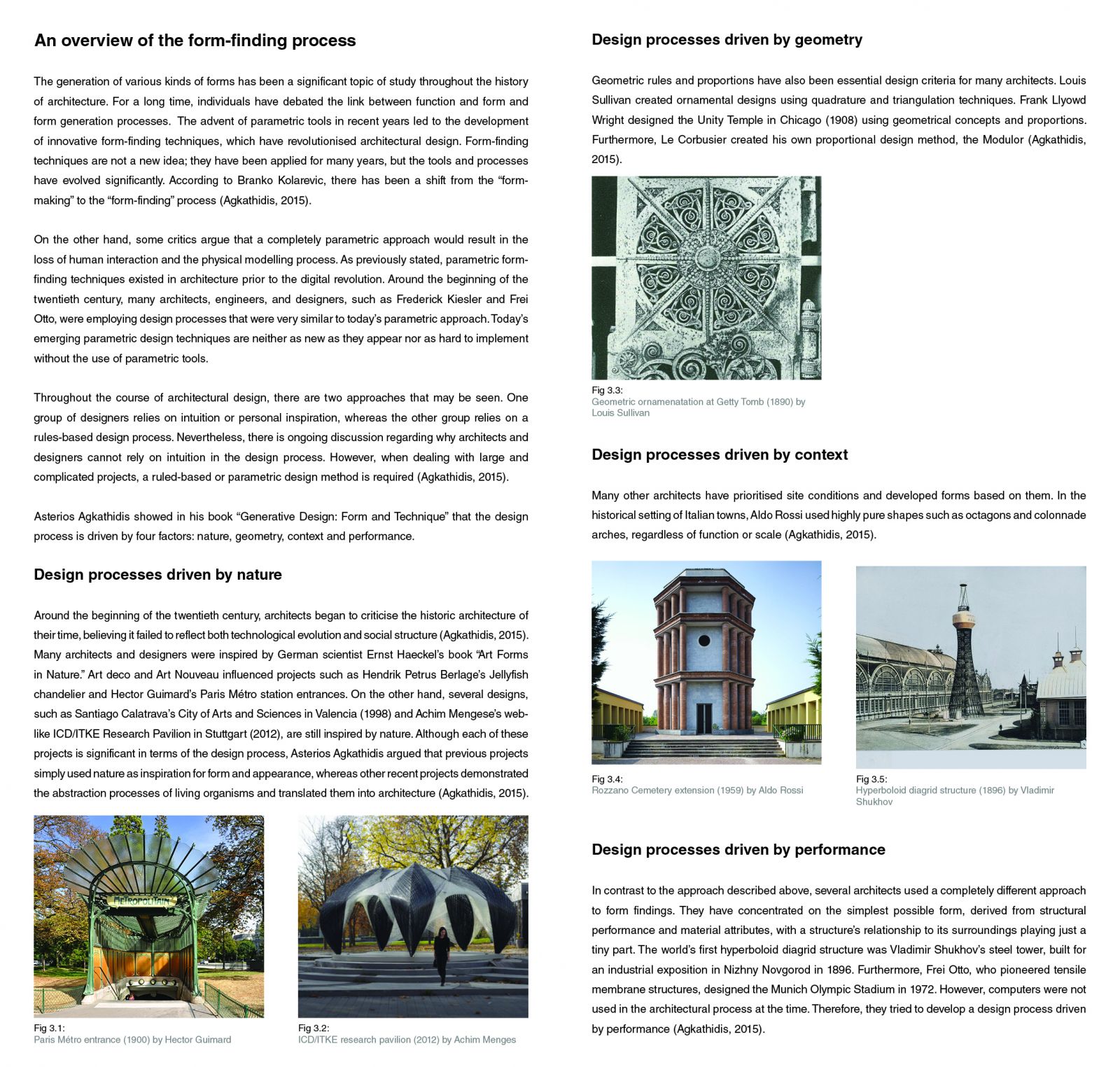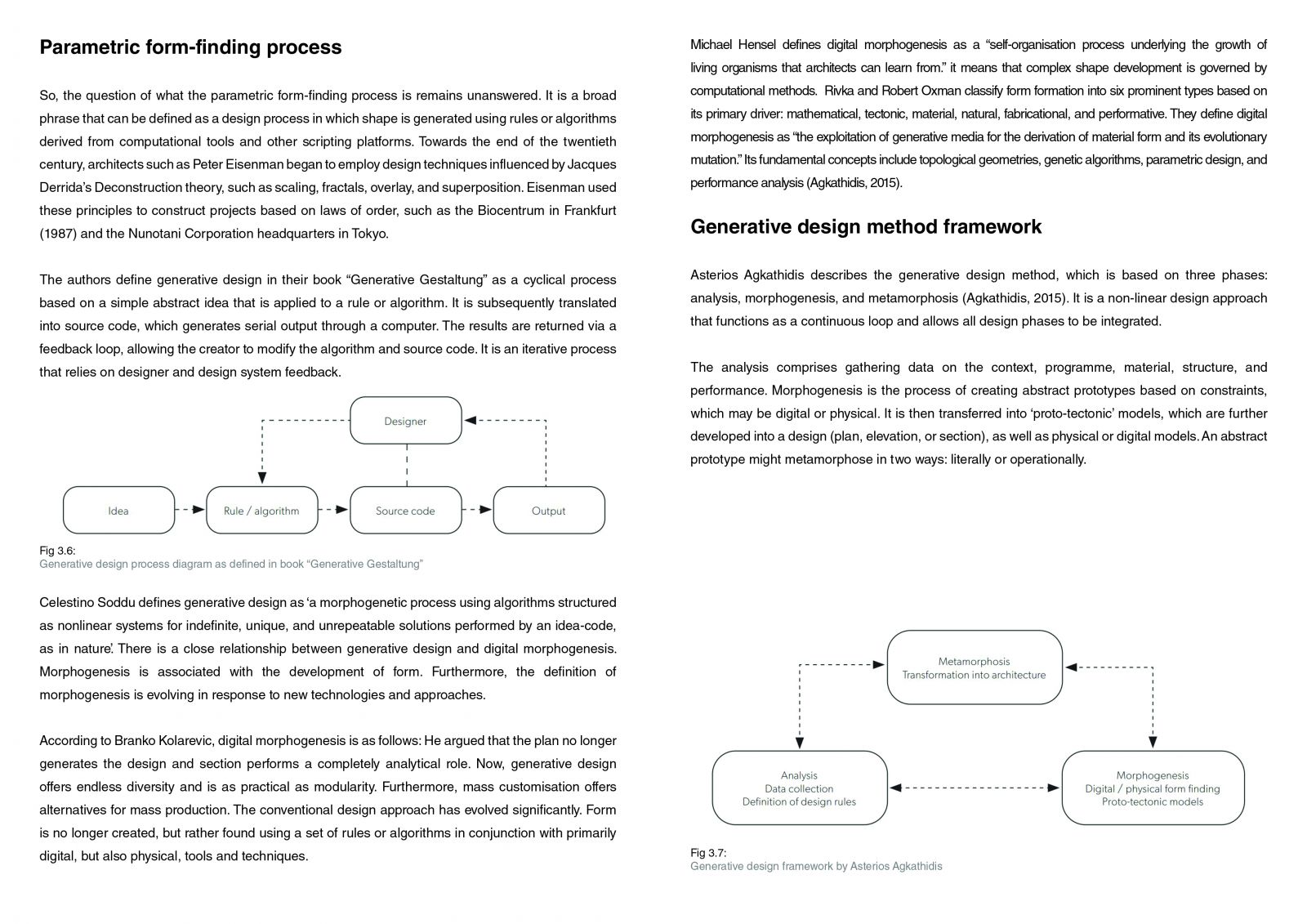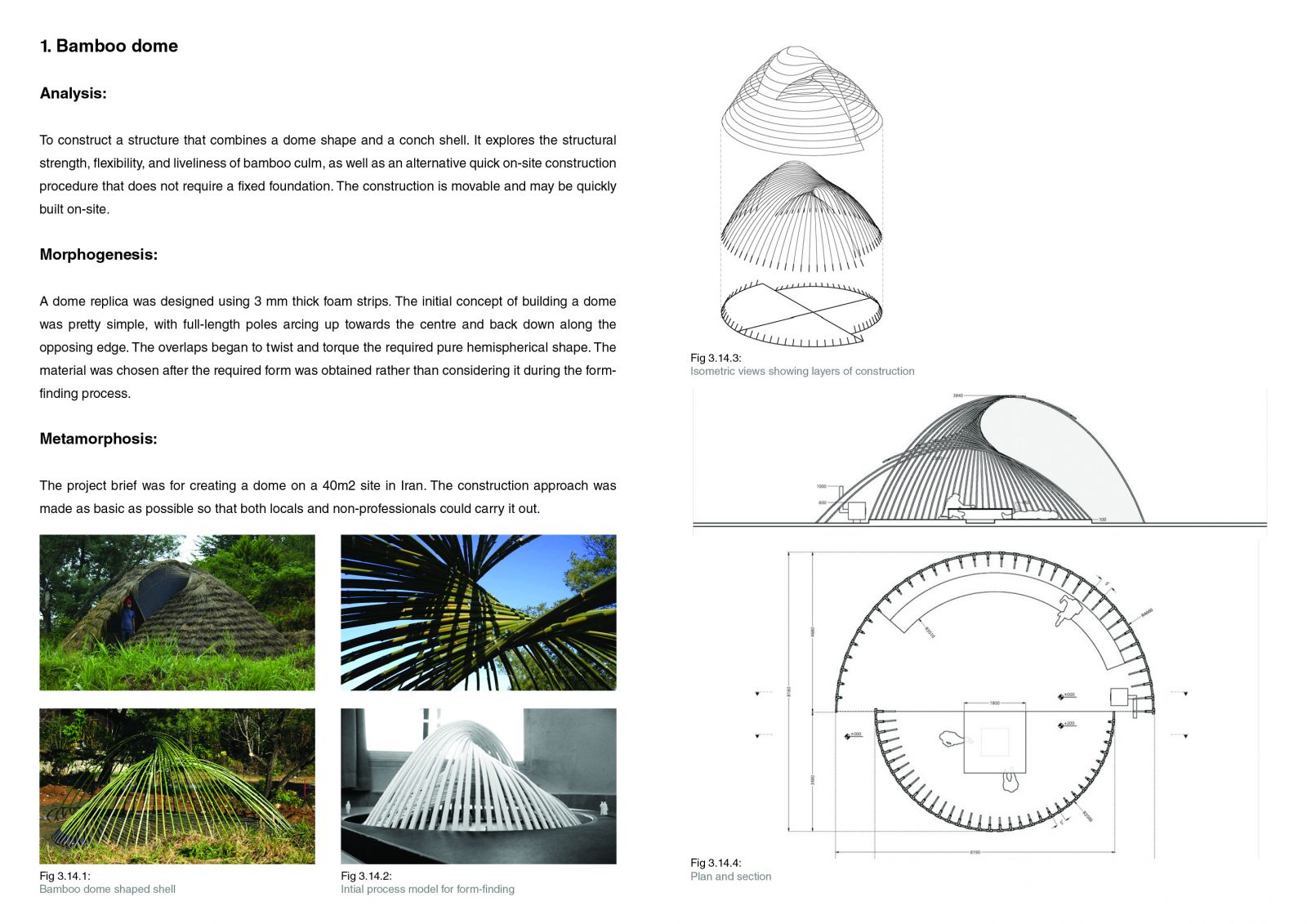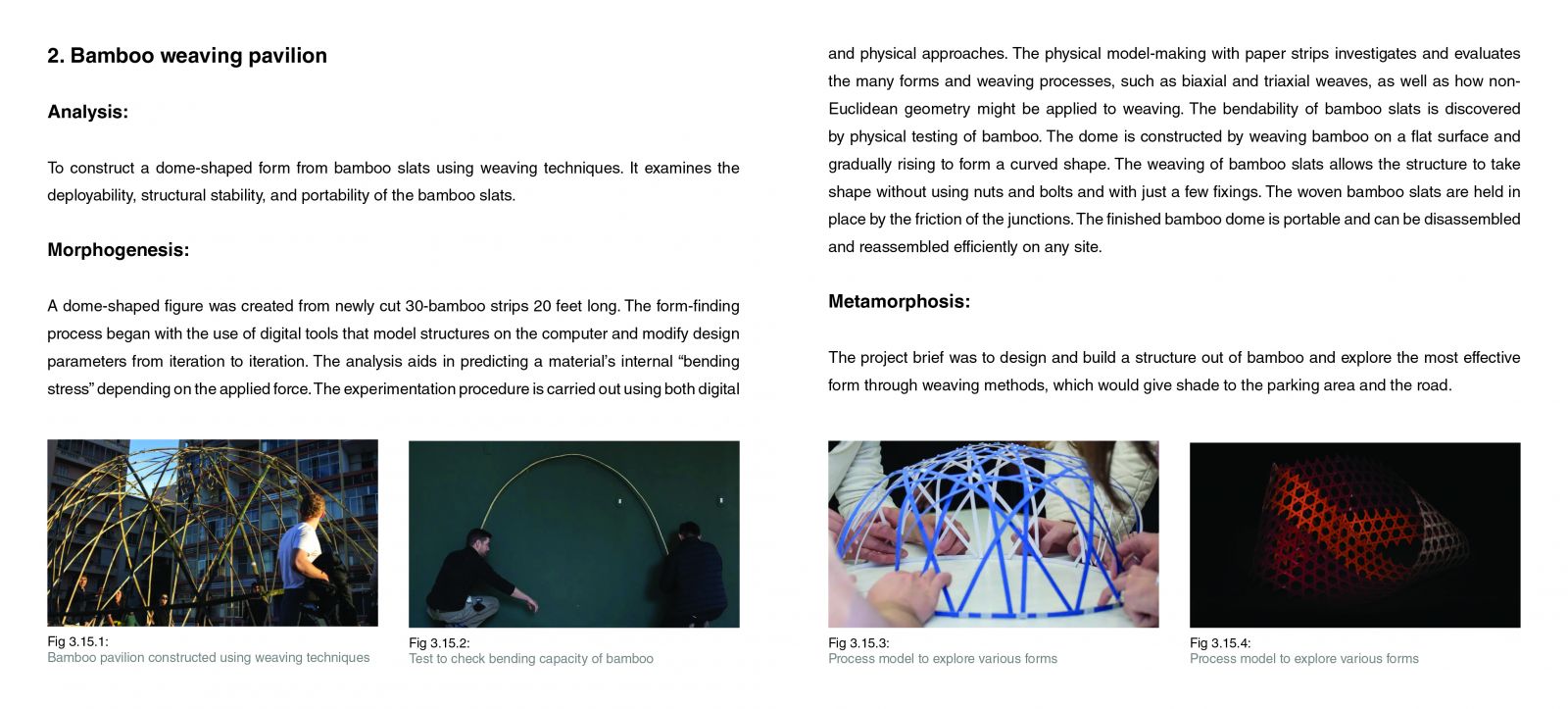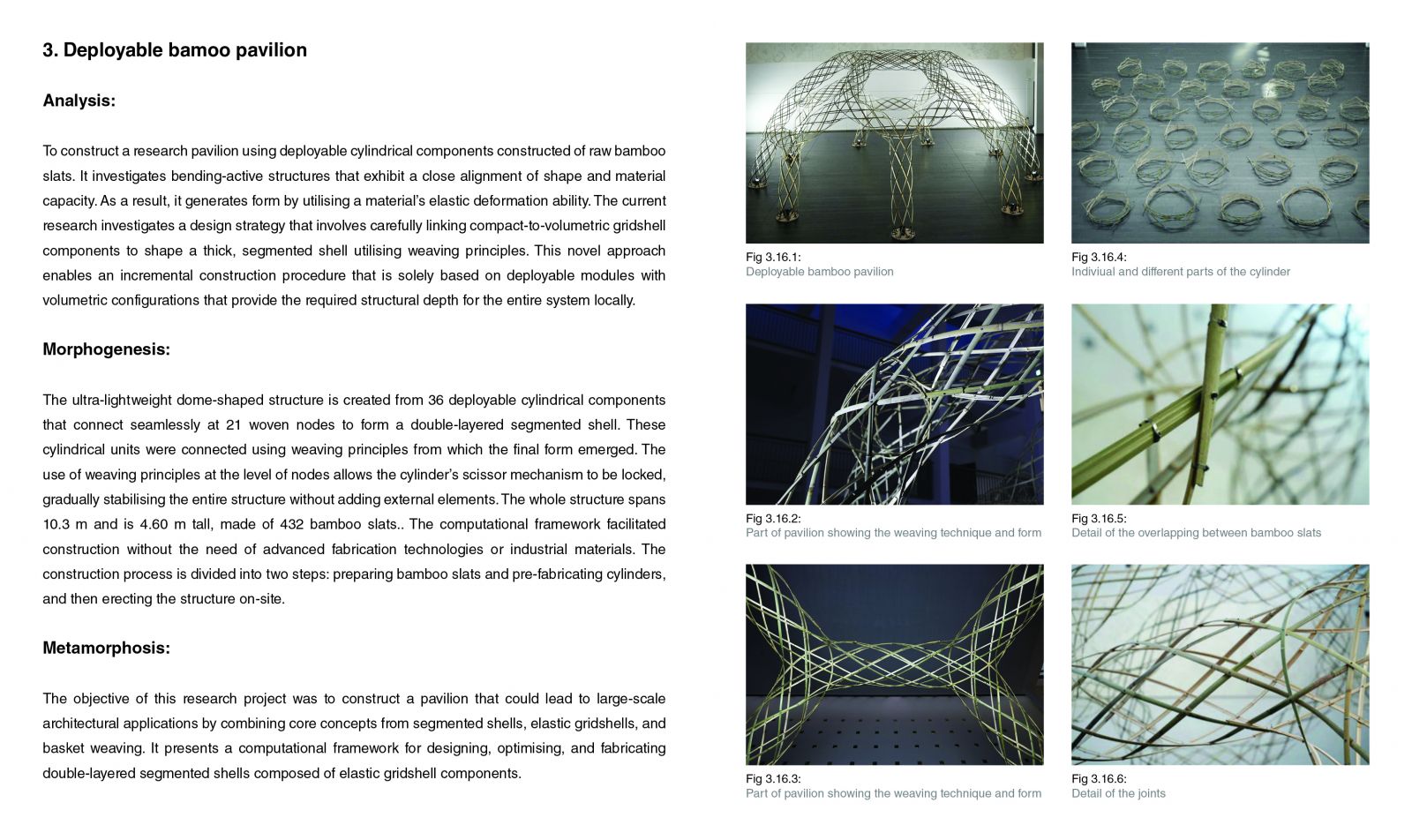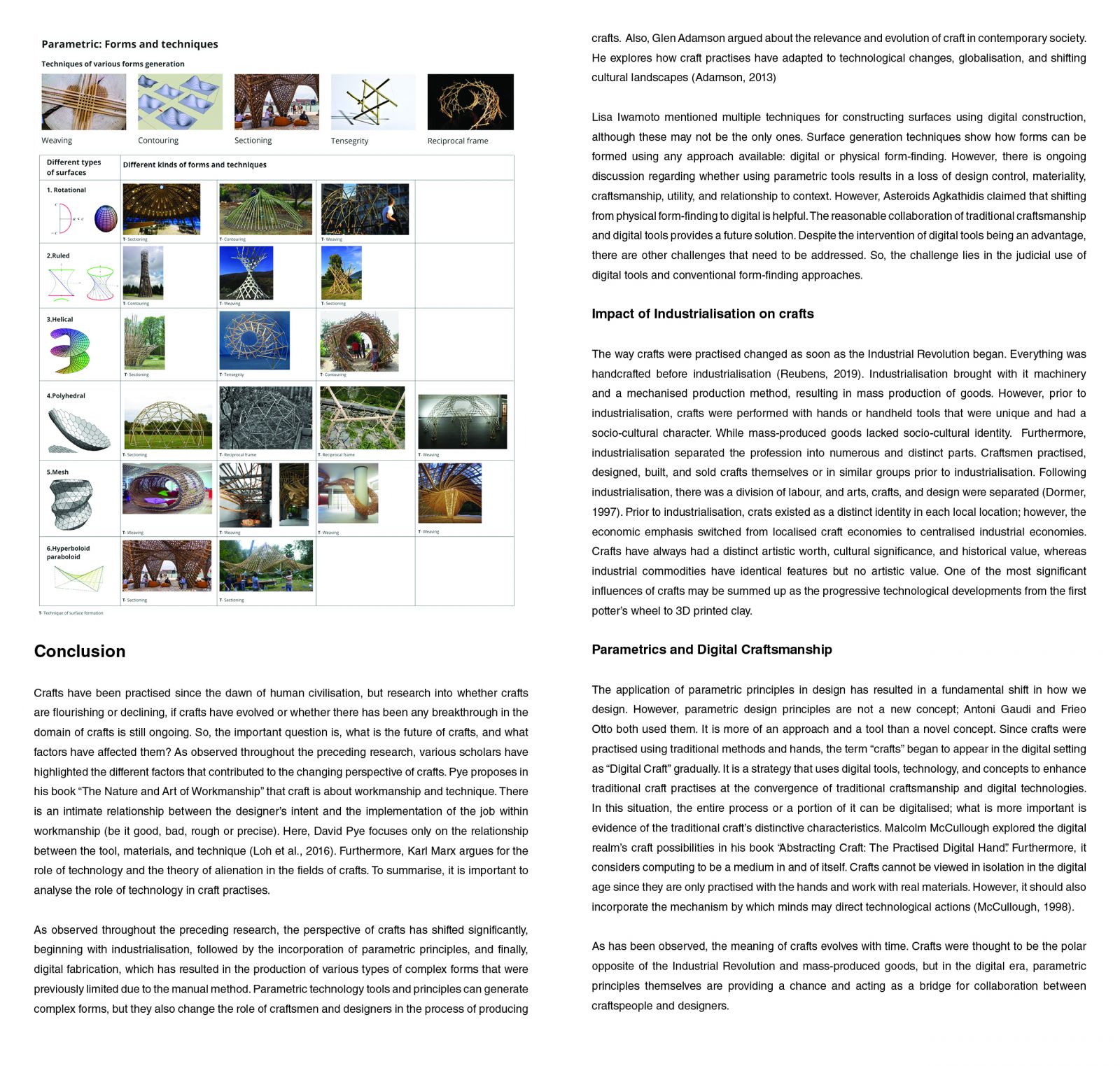Your browser is out-of-date!
For a richer surfing experience on our website, please update your browser. Update my browser now!
For a richer surfing experience on our website, please update your browser. Update my browser now!
Crafts have been practised since the beginning of human civilisation. Crafts are incorporated into our living spaces in various ways and can be seen on the surfaces of products, furniture, and architectural building elements. Before industrialisation, crafts incorporated into interior architecture directly reflected the socio-cultural context in which they were created and were practised using manual, mechanical, and hand tools. Post-industrialisation and because of recent technological breakthroughs, there has been a shift in how crafts are practised. The shift from manual tools to machines shows the intervention of technology in craft practices. The consequences of industrialisation raise questions and demand sustainability. The evolution of craft practises throughout the years has also reflected the change in the role of craftspersons. Moreover, the evolution of craft practises shows that not only craftsperson are involved, but it is a collaborative effort among many individuals.
The research would further analyse the role and intervention of technology in achieving collaborative crafts-design practises. It would further explore how different kinds of forms and surfaces can be generated through parametric techniques.
